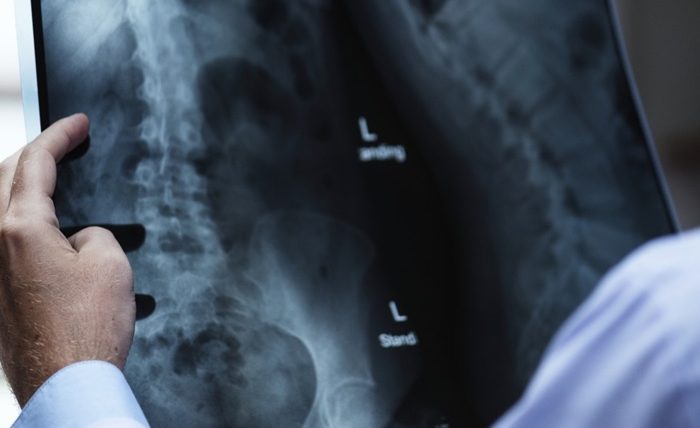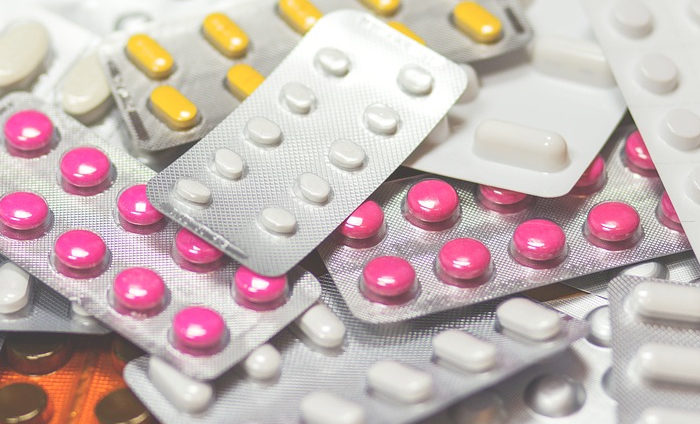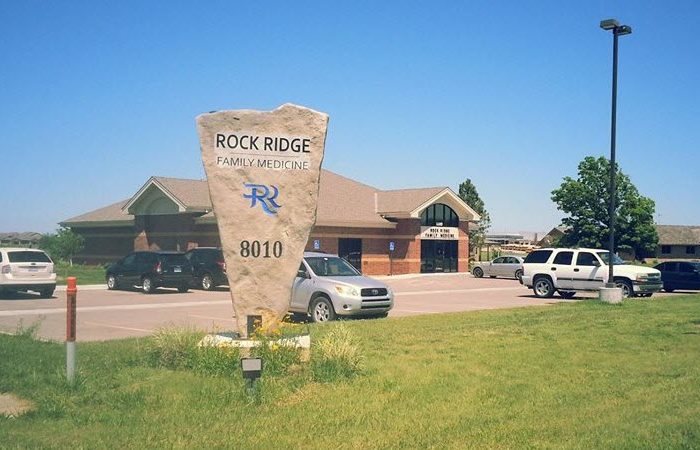Headaches In Children
[title size=”2″]Migraine Headaches In Children[/title]
The exact causes of migraine headaches in children, and in adults, are unknown, but one possibility is a temporary deficiency of serotonin, popularly known as the “happiness hormone”. Some of the medicines that are successful in treating migraine headaches are centred on this hormone.
However, there are many other possible causes. In some instances a migraine headache may be brought on by certain foods or drinks. The most common causes that can lead to headaches in children are things like overuse of…
- Caffeine
- Sugar
- Chocolate
- Shellfish
- Nuts
- Cheese
[title size=”2″]Link Between MSG’s & Headaches[/title]
Chinese food, which is high in monosodium glutamate (MSG), may also be a cause. MSG is used in restaurants and fast food joints, as an inexpensive and powerful flavor enhancer, even though it has been known to have side effects, such as headaches in children and adults, amongst other things.
In other cases, migraine headaches in children may be brought on after undertaking certain activities.
Headaches May Be Either Primary Or Secondary[/title]
In the case of primary headaches the headache itself is the medical condition, but secondary headaches are the result of an underlying condition. When that condition is treated, the headache usually fades away.
Causes of secondary headaches may be fever, meningitis, sinusitis, dental abscesses, flu, head injuries, high blood pressure (although this is not often associated with children), neck injuries, and vision problems, among others.
[title size=”2″]Four Phases Of Headaches[/title]
A migraine headache can have four phases: a premonitory phase, aura, the headache, and postdrome.
Premonitory[/title]
The premonitory phase may begin as much as 24 hours before the headache and be accompanied by a range of symptoms including irritability, decreased or increased appetite, social withdrawal or increased talkativeness, sadness or joy, and water retention.
[title size=”2″]Aura[/title]
The aura phase takes place up to 30 minutes before the headache and may last from five to twenty minutes. Some auras affect the child’s co-ordination and speech, there may be a tingling of one side of the face and the fingers on the same side, and visual auras which are the most common. Visual auras may include seeing flashing lights, black dots, blurred vision, perception of objects as larger or smaller than they actually are, seeing patterns of various colours, and more. Other symptoms may include loss of attention, amnesia, dizziness, confusion, vertigo, and loss of speech.
The actual headache phase may last as little as ten minutes but can be as long as 24 hours. Migraine headaches in children usually last for less than four hours. The headache may be accompanied by a number of different symptoms such as feeling cold or hot, vomiting, diarrhea, constipation, dizziness, sensitivity to sounds or light, numbness, and memory loss.
The postdrome phase after the headache has passed typically results in the child feeling tired and lethargic and may last from some hours to several days.
[title size=”2″]Diagnosis[/title]
Diagnosis of migraine headaches in children can be difficult since the child is often unable to describe exactly how he or she feels during the various phases. However, the doctor will conduct a thorough examination in order to ensure that there is no serious underlying cause, and to provide a plan for ongoing treatment. It is a good idea for parents to write down any questions that they have before the appointment and to take notes. The doctor will want to ascertain if there are any specific triggers which should be avoided: for instance, one study found that eating ice cream caused a headache in 93% of people subject to migraines.
One of the best treatments for a child’s migraine is sleep, since it restores normal brain function and relieves pain. The child should be given pain killers prescribed by a doctor.
Certain foods and/or drinks may also be triggers, and keeping a diary to note what the child has consumed before a headache may help to spot these. Drinking large amounts of coffee, tea, or colas can be triggers, as can bananas, plums, raisins, and avocados. Monosodium glutamate is another trigger, so it pays to read labels carefully.
In the longer term it should be possible to treat migraine headaches in children so that they can continue with as normal a life as possible.
[title size=”2″]Living A Healthy Lifestyle To Reduce Migraines[/title]
Living a healthy lifestyle and being educated on healthy foods, such as whole foods, whole grains, non-processed foods vs processed foods can greatly reduce the chance of migraines in children. Eating fruit and vegetables from the produce section instead of the can and staying away from fast food places or ‘convenience food’ like gas stations and candy, make a large difference in the health and well being of a child. Many problems that develop later on are a result of poor diet and eating habits of children in their younger years.
Teaching your children about proper health is super important, you can find books about teaching the importance of whole foods like Eating The Alphabet at Amazon.com.



Leave a Comment